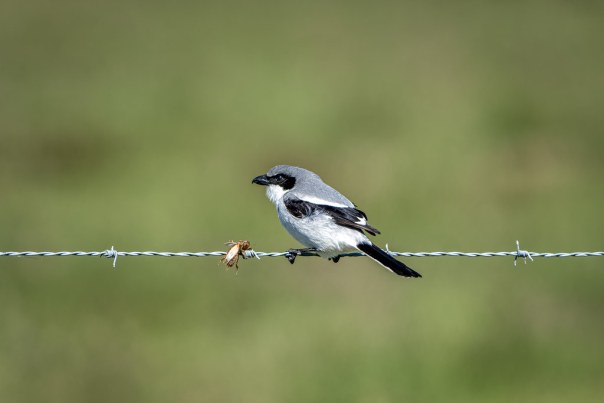Bear Creek Nature Trail is a small park in Winter Springs, Florida. There’s a path that winds along next to the water and it has some very pleasant scenery for such an urban location. Lynn and I have been visiting for many years – I think I first mentioned it on the blog in 2008. I decided to go by last week and try to improve my panorama techniques.
 In the quiet forest 3: Nine frame panorama, 14011×7881
In the quiet forest 3: Nine frame panorama, 14011×7881I’ve written about stitched panoramas many times so you might know that I like to make them. They’re a great way to get a wider field of view and to capture more detail too. See this post for an example of my workflow up to this point.
I knew I’d been taking a few shortcuts and ignoring some things. I’ve had wonderful results, but at times the post processing was more difficult than it needed to be. Two specific problem areas were sloppy leveling and parallax.
If your camera isn’t level you’ll have to level the image in post, which can require cropping in and wasting pixels. It can also introduce stitching errors at the seams between frames. A panoramic head is one solution for this. It’s mounted on top of your ball head and lets you level your camera using its built in level indicator and the ball head controls instead of using the tripod legs. This works well, and it can be left on your main tripod all the time.
Parallax results when close and distant objects in your scene don’t align the same across multiple frames. A nodal slide can remove / reduce parallax errors.
 In the quiet forest 2: Six frame panorama, 12502×6251
In the quiet forest 2: Six frame panorama, 12502×6251I think my first attempt with these worked out well. It’s a bit more effort to set up before your capture, but it can eliminate fixing some problems later in software. I realize this may be more than you wanted to know about panoramas, but if you’ve tried them and have issues stitching, then here are a couple of links that go into more detail. I think they’ll help – they helped me.
- https://fstoppers.com/education/beginners-guide-parallax-and-how-avoid-it-when-shooting-panoramas-485141
- https://martinbaileyphotography.com/2014/12/14/shooting-for-stitched-panoramas-avoiding-parallax-shift-podcast-452/
 In the quiet forest 1: Six frame panorama, 7743×6104
In the quiet forest 1: Six frame panorama, 7743×6104Oh, about the otters: Lynn and I saw a couple of them at this park way back in 2009. Since then I’ve looked for them every time I go, but haven’t seen them again. I managed to get a photo of one of them swimming away from us as soon as we saw it. I’ll post it now even though it’s not the best image.

As I was leaving the park this time, I said hi to a Winter Springs Park Ranger. They said they’re there often and I asked if they ever see any river otters. They haven’t but have seen tracks. I guess I’ll have to keep watching for them.
Thanks for stopping by and reading my blog. Take care of yourselves and each other. And when you can – make some panoramas and watch out for otters!
©2021, Ed Rosack. All rights reserved






 And this is the diagram updated for Monday night:
And this is the diagram updated for Monday night:














 Mid-jump Mullet
Mid-jump Mullet






















